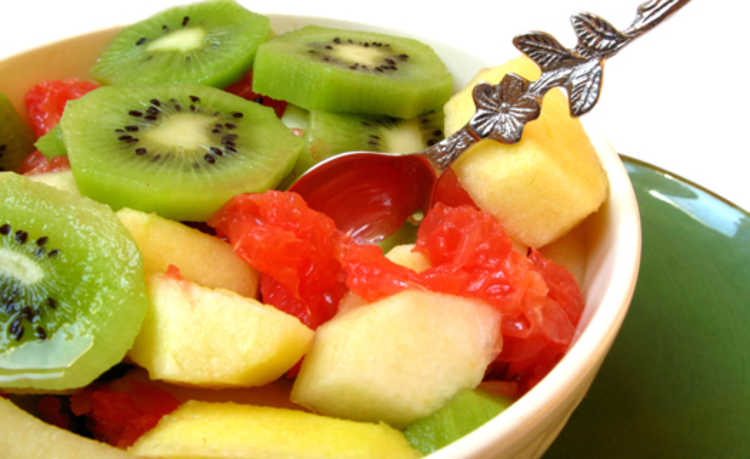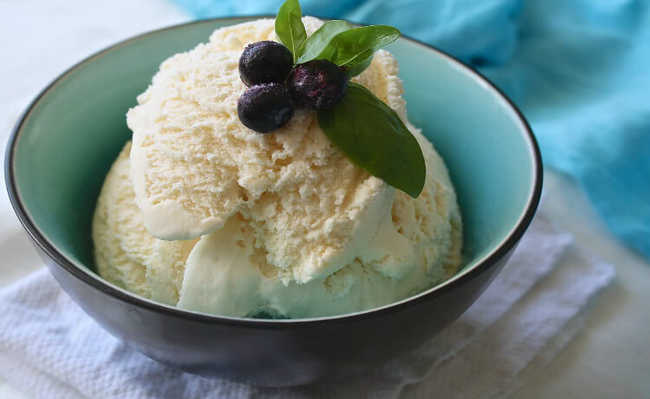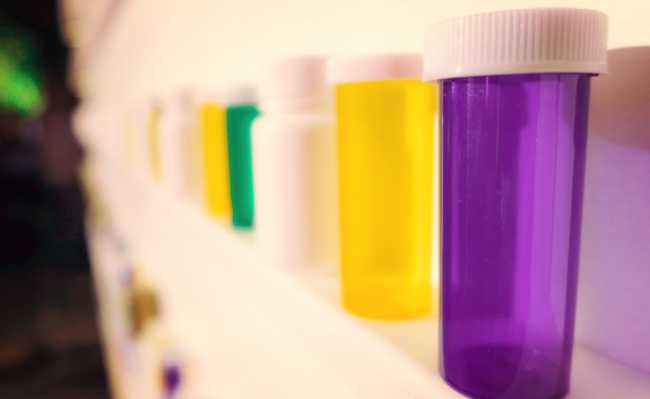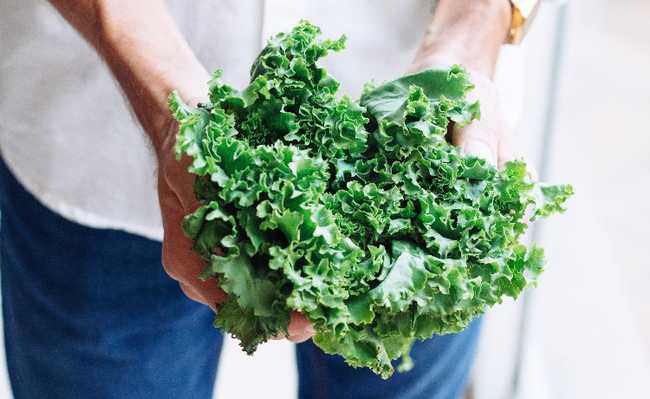Rejuvelac: probiotic drink and natural yeast
Rejuvelac is made with two homemade ingredients and serves as a base for vegan cheeses, drinks and yogurts.

Image: Stella Legnaioli/Portal eCycle
Rejuvelac is a probiotic drink and natural yeast popularized by Lithuanian naturopath Ann Wigmore for its health benefits such as improved digestion and immunity. It can be made from grains or pseudocereals usually sprouted in water for about two days at room temperature. It is a very present alternative in the composition of vegan recipes, including yogurts, cheeses, creams, fermented milk, soups and cold drinks.
- Vegan philosophy: know and ask your questions
Ingredients that can be used
All rejuvelac is prepared in the same way, the difference is in the ingredients that will always be water and some grain or pseudocereal (preferably organic), these include:
- Quinoa: benefits, how to make it and what it is for
- Brown rice
- common wheat
- Buckwheat
- Millet
- popcorn
- Linseed
- Chia
Benefits of rejuvelac
Fermentation makes food last longer; one of the methods of fermentation is to produce acid, which lowers the pH and creates an unsuitable environment for harmful bacteria to survive. Rejuvelac is a fermentation product that provides probiotic micro-organisms, enriches the flavor, texture and aroma of food.
Although people often think of bacteria and other microorganisms as harmful “germs”, many microorganisms are essential for the body to function properly.
Bacteria present in the intestine, for example, help to digest food, destroy disease-causing microorganisms and produce vitamins.
Foods that contain beneficial micro-organisms for the body, such as rejuvelac, are called probiotic foods. Examples of probiotic foods are fermented ones such as sauerkraut, kimchee, kombucha, kefir, pickled ginger, pickled cucumber, fermented beetroot, among others. But probiotics can also be found in capsules or sachets sold at pharmacies.
- What are probiotic foods?
Some studies show the pros and cons of probiotics for health. Some of them can help prevent diarrhea caused by infections or antibiotics. They can also help reduce symptoms of irritable bowel syndrome. However, not all probiotics have the same effects.
Another benefit of fermentation is that it can decrease allergenicity or increase tolerance to certain foods (see studies about it here: 1, 2). The enzymatic activity associated with fermentation breaks down peptides associated with allergens by enzymatic hydrolysis (3, 4).
According to one study, rejuvelac made from the quinoa beans used to make cashew cheese reduced nut allergy. Other benefits associated with consuming rejuvelac are reduced inflammation, improved digestion, and improved body immunity. However, more studies are needed to confirm with certainty the beneficial effects of consuming rejuvelac.
How to rejuvenate

Image: Stella Legnaioli/Portal eCycle
First stage (germination)
- Wash a handful of beans and place in a sterilized glass. Add mineral or filtered water to half the sterilized pot, cover the mouth with a tissue (or gauze) and secure with a rubber band;
- The next day (after 12 hours) drain the water without removing the fabric, rinse the beans, drain again and place the glass in a bowl or dish drainer with its mouth down. Repeat this process morning and night;
- On the third day, when the little nose (germ) of the grain appears, it will be ready for the fermentation phase.
Second stage (fermentation)
- Separate 1 cup of tea from the sprouted beans and place in the glass (same as you germinated the beans, but sterilized again). Add 1 liter of mineral or filtered water, cover your mouth with the fabric and secure with the elastic. Leave in a cool place (ideal temperature between 20ºC and 22ºC) and protected from light;
- After 24 hours (or 48 if you prefer a more fermented drink), strain the liquid (this is the rejuvelac ) and bottle it with the help of a sterilized funnel. It will last up to a month if kept refrigerated.
The sprouted beans can be used twice more, but so that the fermentation does not lose strength, reduce the amount of water (1/2 liter in the second production and 1/4 in the third). After that, beat the beans in the juice or smoothie, cook them, or add them to the salad or tapioca pasta. Don't throw your shoots away. Sprouts contain more protein, vitamins and minerals than ungerminated seeds. Learn more about them in the article: "Why grow edible sprouts?".
Rejuvelac-based recipes
Chestnut cream cheese with rejuvelac
Ingredients
- 2 cups of cashew nut (or sherry) tea
- 1 cup of quinoa rejuvelac
- 1 coffee spoon of salt
- 1/3 clove of garlic (optional)
- 1 pinch of nutmeg (optional)
Method of preparation
- Soak the chestnuts in filtered water overnight;
- Discard the water;
- Blend all remaining ingredients in a blender until smooth as desired;
- Is ready! Reserve in the refrigerator for up to five days and stir with a spoon when consuming.










